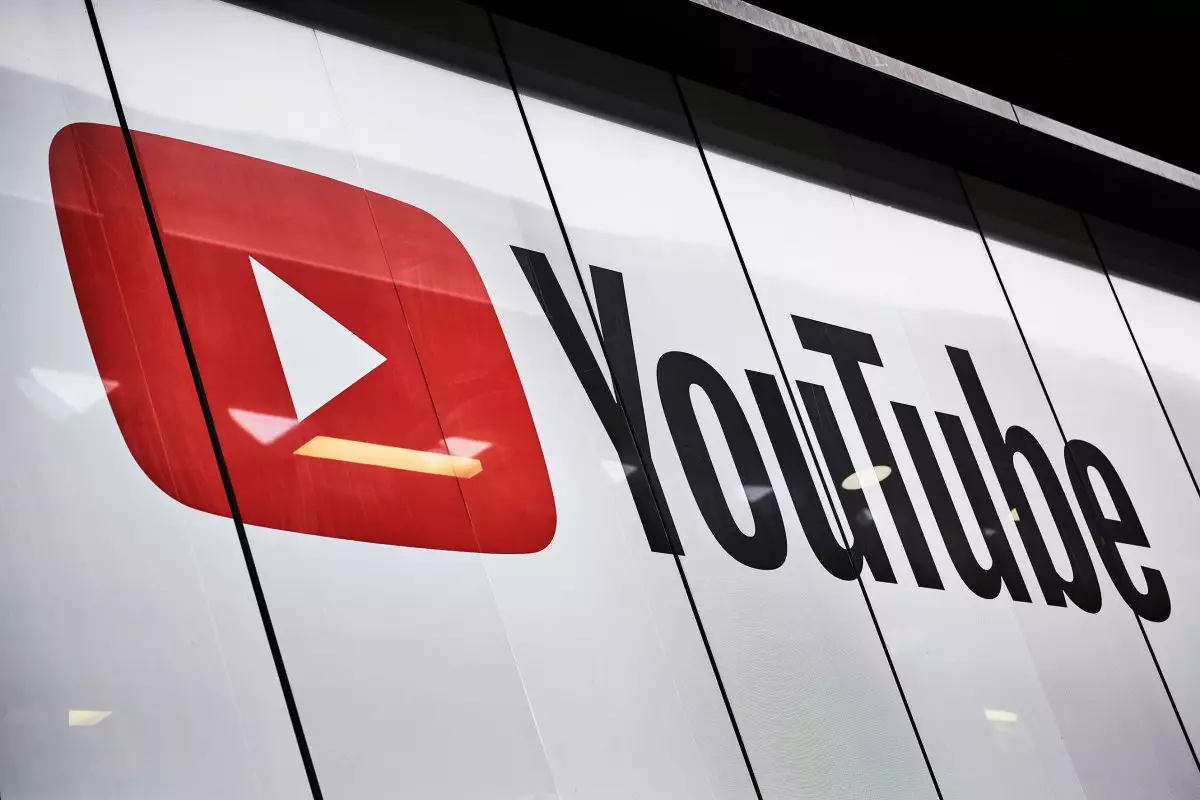The rapid emergence of short-form video content has transformed the digital landscape, with platforms like TikTok leading the charge. In response to this fast-changing environment, YouTube has introduced a pivotal set of updates to its Shorts feature, designed to enhance user experience while drawing in creators. This article explores the recent changes YouTube has in store for Shorts and how they position the platform within the competitive landscape of short-form content.
Extended Video Length: A Strategic Move
One of the most significant changes to the YouTube Shorts format is the introduction of the capability for creators to upload videos that are up to three minutes long. This extension allows creators more flexibility to convey their messages and engage their audiences, standing in stark contrast to TikTok’s existing feature that permits videos of up to ten minutes when recording. By allowing creators to experiment with longer narratives or more complex concepts within the compact Shorts framework, YouTube is broadened the horizon of creative possibilities.
The decision to increase the video length could attract a wider range of content creators who might find short 60-second clips too restrictive for their storytelling or content delivery. This new option may also foster innovation among creators, encouraging them to think outside the box regarding how they engage with their audience in a short format. However, it also risks diluting the punchiness that defines short-form videos, something that has gained traction among audiences seeking quick, digestible entertainment.
YouTube is also rolling out updates to the Shorts player, aimed at improving visual aesthetics and user interaction. The redesigned interface will now display creators’ content more prominently while minimizing clutter from interaction buttons. By converting these buttons into outlined icons, YouTube enhances the visibility of the video itself, ensuring that the content takes center stage. This user-centric design change is crucial, as it removes barriers to engagement by letting users immerse themselves in the videos without distractions.
While this update is commendable, it does come with a downside: the compression of video descriptions leads to truncated texts that require user engagement to access full information. This necessity to click “more” can potentially discourage viewers from diving deeper into creator narratives, especially if users are seeking quick bites of content rather than comprehensive engagement.
The roll-out of new template features resembles strategies that have made TikTok so successful. By allowing users to tap into current trends quickly, YouTube aims to democratize content creation by lowering the barriers for participation. Users can now remix a Short with a straightforward “Remix” option, making it easier to adapt existing ideas into new formats. This proactive approach may encourage creative momentum but raises important questions about originality in content creation.
What remains to be seen is how effectively YouTube will maintain a culture of innovation and uniqueness in its community. While templates can be beneficial, they risk leading to saturation of similar content if not closely monitored. Thus, it will be essential for YouTube to find a balance between aiding creators and maintaining the integrity of diverse content.
In response to TikTok’s focus on its For You feed, YouTube is adding a specialized trends page on mobile, letting users explore popular local trends. This move could significantly enhance user experience, opening new avenues for discovery that don’t overly rely on algorithmic suggestions.
This localized trends page is a notable shift from TikTok’s former Discover option, which was dropped as the app pivoted towards a more social networking approach. By emphasizing local trends, YouTube not only differentiates itself but also attempts to create a sense of community among users. Nevertheless, TikTok’s global accessibility for trend discovery could nullify YouTube’s advantage unless they can equally engage users in cross-cultural exchanges and inspirations.
YouTube is not stopping there. The platform is also set to roll out features that will enable users to preview comments directly from the Shorts feed. Such a change could foster greater interaction and engagement with videos. Yet, this also brings about concerns regarding content that might be designed purely for eliciting strong reactions, which can lead to potentially negative or divisive behavior within the community.
In addition, a new feature that allows users to limit their exposure to Shorts content introduces a layer of user agency that is vital in today’s digital environment. Yet, the temporary nature of this option raises questions about its efficacy—how casual viewers will utilize it and how it aligns with the broader goal of fostering engagement.
Lastly, the integration of Google’s video-generating AI model, Veo, indicates YouTube’s commitment to adopting cutting-edge technology to bolster creativity. As the platform enhances its features, the importance of retaining creator authenticity in content creation will be paramount to counter the increasingly tempting shortcuts provided by these new tech tools.
These changes signify a strategic maneuver by YouTube to solidify its foothold in the shorts-video market. However, the platform must tread carefully to innovate without sacrificing the unique qualities that engage its loyal audience. The evolution of YouTube Shorts continues, and only time will tell if these adaptations will truly rival TikTok or carve a distinct niche within the short-form video realm.

